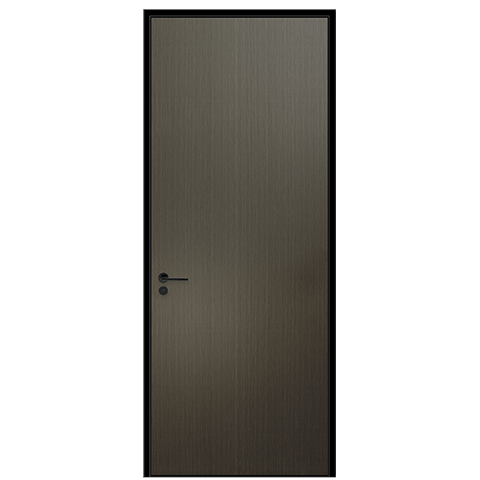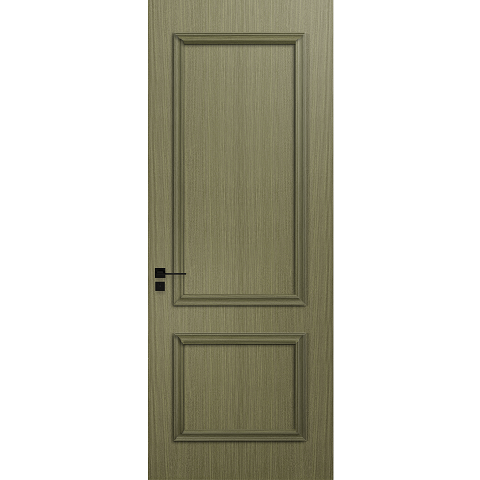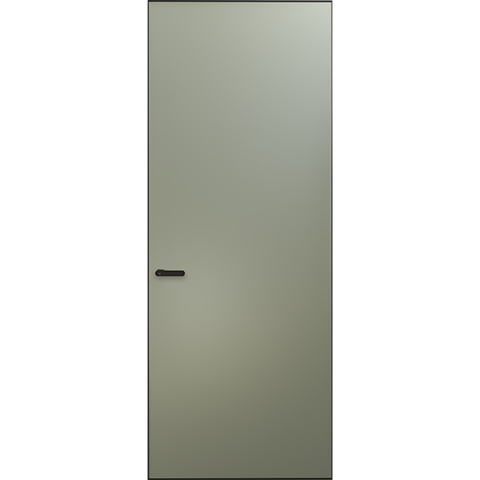UPVC Profile Processing Technology
UPVC (Unplasticized Polyvinyl Chloride) profile is widely used in the production of doors, windows, and other building materials due to its durability, low maintenance, and energy efficiency. The manufacturing process of UPVC profiles involves several stages, each of which plays a crucial role in determining the quality of the final product. In this article, we will discuss the various stages of UPVC profile processing technology.
Extrusion
The first stage in the UPVC profile processing technology is extrusion. During this process, UPVC resin, stabilizers, pigments, and other additives are mixed and then heated to a high temperature to form a molten mass. This mass is then pushed through a die to form the desired shape of the profile. The extrusion process determines the shape, size, and wall thickness of the profile. It is important to ensure that the extrusion process is carried out under precise conditions to prevent any defects in the final product.
Cooling
After the extrusion process, the UPVC profile is cooled down to prevent deformation and maintain its shape. The cooling process involves passing the UPVC profile through a cooling tank filled with water. The water cools the UPVC profile down and solidifies it, making it easier to handle during subsequent processing stages. The cooling stage also ensures that the profile is straight and has the required dimensions.
Cutting
The next stage in the UPVC profile processing technology is cutting. During this process, the cooled UPVC profile is cut to the required length using a saw or cutting machine. The cutting stage is crucial in determining the accuracy of the profile's length and ensuring that all profiles have the same length.
Hole Drilling
The UPVC profile is then processed to create holes for screws, locks, and other hardware. The hole drilling process involves using a drilling machine to create the required holes with precision. The drilling process is carried out at this stage to prevent any deformation or distortion of the profile that might occur during subsequent processing stages.
Welding
UPVC profile welding is a critical stage in the processing technology that determines the strength and durability of the final product. During this process, the cut and drilled UPVC profiles are welded together using a welding machine. The welding process creates a strong bond between the profiles, ensuring that they remain firmly joined and don't come apart even under extreme pressure.
Cleaning and Finishing
After the welding process, the UPVC profile undergoes cleaning to remove any dirt, dust, or debris that may have accumulated during the previous processing stages. The cleaning process ensures that the UPVC profile is clean and free of any impurities that may affect its final appearance and performance. After cleaning, the UPVC profile is finished with the desired color or texture using a special coating process. The finishing process gives the profile its final appearance and also enhances its durability.
In conclusion, UPVC profile processing technology involves several stages that determine the quality, strength, and durability of the final product. Each stage is critical in ensuring that the UPVC profile is free from defects, accurately sized, and has the required strength and durability. Manufacturers must ensure that each processing stage is carried out under precise conditions to produce high-quality UPVC profiles that meet the expectations of their customers.
 Hot Recommendation
Hot Recommendation
 Latest Products
Latest Products



